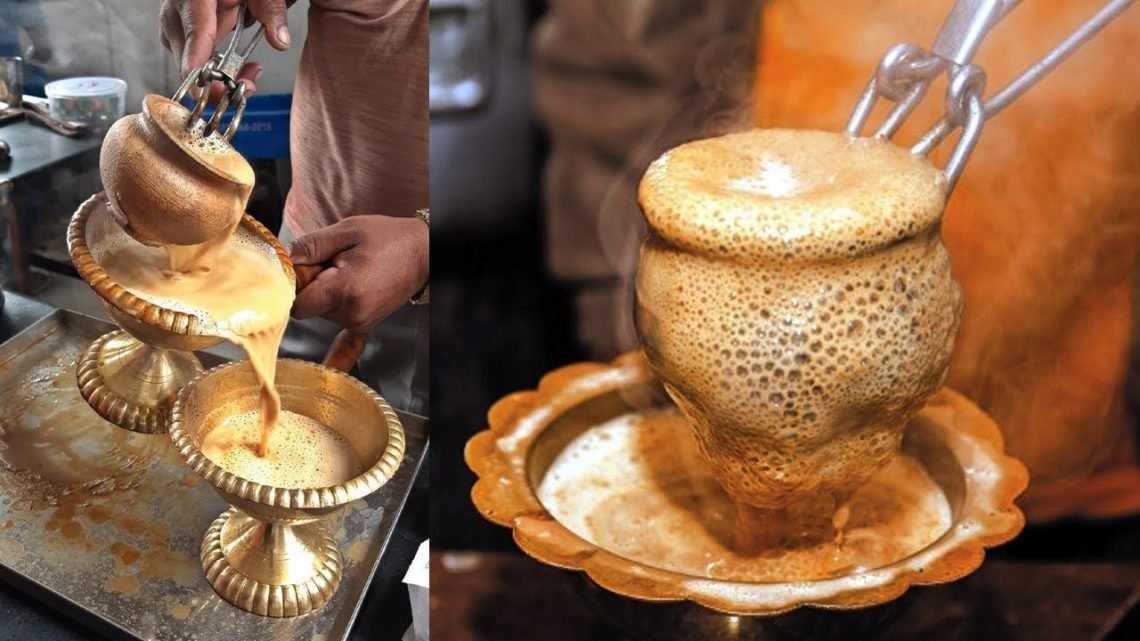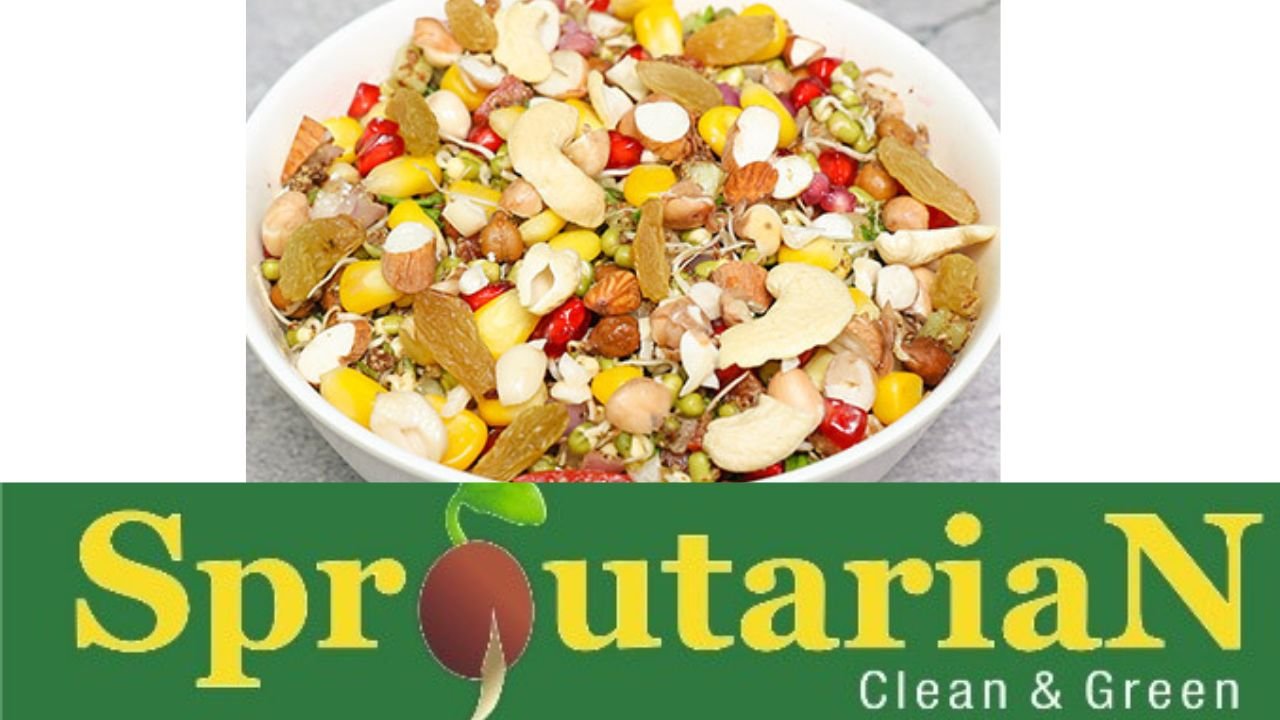Table of Contents
Introduction
Fasting, or Vrat, holds great importance in Indian culture. It’s a way to practice self-discipline and devotion to deities. Sabudana and Ghughari are two popular ingredients used in Vrat ka Khana, fasting food prepared during Hindu fasting festivals. In this article, we’ll explore these ingredients, their benefits, and a delicious recipe that combines them for a perfect fast-friendly snack.
Sabudana: Tapioca Pearls
What is Sabudana?
Sabudana, also known as sago or tapioca pearls, is a starch extracted from the roots of the cassava plant. This versatile ingredient is widely used in Indian cuisine, especially during fasting periods.
Health Benefits of Sabudana
Sabudana is a carbohydrate-rich food that provides instant energy. It’s also a good source of calcium, iron, and dietary fiber, which aids digestion and supports overall health.
Ghughari: A Healthy Snack
What is Ghughari?
Ghughari, also known as makhana or fox nuts, is a puffed seed from the Euryale Ferox plant. It’s a popular snack in Indian cuisine and is often consumed during fasting periods due to its nutritious properties.
Health Benefits of Ghughari
Ghughari is packed with protein, fiber, and antioxidants, which help maintain a healthy weight, boost immunity, and support heart health.
Vrat ka Khana: Fast-friendly Food
Significance of Vrat ka Khana
Vrat ka Khana refers to the specific food consumed during Hindu fasting festivals. These dishes are prepared using simple, nutritious ingredients and are believed to purify the body and mind.
Common Ingredients
Some common ingredients used in Vrat ka Khana include fruits, vegetables, nuts, seeds, and grains like sabudana and ghughari. These foods provide essential nutrients to maintain energy and health during fasting periods.
Indian Fasting Festivals
Navratri
Navratri is a nine-day festival dedicated to the worship of Goddess Durga. Devotees observe fasting and consume Vrat ka Khana to seek the blessings of the goddess.
Shravan
Shravan, a month-long fasting period, is observed by Hindus to honor Lord Shiva. Devotees consume Vrat ka Khana during this time to seek his blessings.
Ekadashi
Ekadashi is a fasting day observed twice a month, dedicated to Lord Vishnu. Devotees consume Vrat ka Khana to attain spiritual growth and attain spiritual growth and enlightenment.
Janai Purnima
Janai Purnima is a sacred Hindu festival celebrated by the Brahmin and Chhetri communities. It involves fasting, rituals, and the consumption of Vrat ka Khana to purify the body and soul.
Mahashivaratri
Mahashivaratri is a major Hindu festival dedicated to Lord Shiva. Devotees observe fasting and consume Vrat ka Khana to seek his blessings and attain spiritual awakening.
Sabudana Ghughari Recipe
Ingredients
- 1 cup Sabudana (tapioca pearls)
- 1 cup Ghughari (fox nuts)
- 1 tablespoon ghee or oil
- 1 teaspoon cumin seeds
- 2-3 green chilies, chopped
- 1/2 cup peanuts, crushed
- Salt or rock salt, to taste
- 1/2 teaspoon black pepper
- Fresh coriander leaves, chopped (for garnishing)
Instructions
- Wash the sabudana in water and soak it for 4-5 hours or overnight. Drain the water and set aside.
- Heat ghee or oil in a pan and add cumin seeds. Once they start to crackle, add chopped green chilies.
- Add the ghughari (fox nuts) and sauté on medium heat for 3-4 minutes until they become crispy.
- Add crushed peanuts and cook for another 2 minutes.
- Add the soaked sabudana, salt or rock salt, and black pepper. Mix well and cook for 5-7 minutes, stirring occasionally, until the sabudana becomes translucent.
- Garnish with fresh coriander leaves and serve hot.
Vegan and Gluten-free Aspects
This Sabudana Ghughari recipe is both vegan and gluten-free, making it suitable for those following these dietary restrictions. To ensure it remains vegan, use oil instead of ghee for cooking.
Conclusion
Sabudana and Ghughari are versatile, nutritious ingredients that form the base of many delicious, fast-friendly dishes in Indian cuisine. By combining them in this simple, vegan, and gluten-free recipe, you can enjoy a tasty, healthy snack during fasting periods like Navratri, Shravan, Ekadashi, Janai Purnima, and Mahashivaratri.
FAQs
Can I use other nuts instead of peanuts in the Sabudana Ghughari recipe?
Yes, you can replace peanuts with other nuts like almonds, cashews, or walnuts. Just make sure they are crushed or chopped.
How can I store leftover Sabudana Ghughari?
Store leftovers in an airtight container in the refrigerator for up to 2 days. Reheat in a pan or microwave before serving.
Can I add vegetables to the Sabudana Ghughari recipe?
Yes, feel free to add vegetables like potatoes, carrots, or peas for added nutrition and flavor.
Is there an alternative to soaking sabudana overnight?
If you’re short on time, you can soak sabudana in hot water for 2-3 hours to expedite the process.
Can I use other types of fasting grains instead of sabudana?
Yes, you can experiment with other fasting grains like barnyard millet or amaranth. Keep in mind that cooking times and methods may vary.









